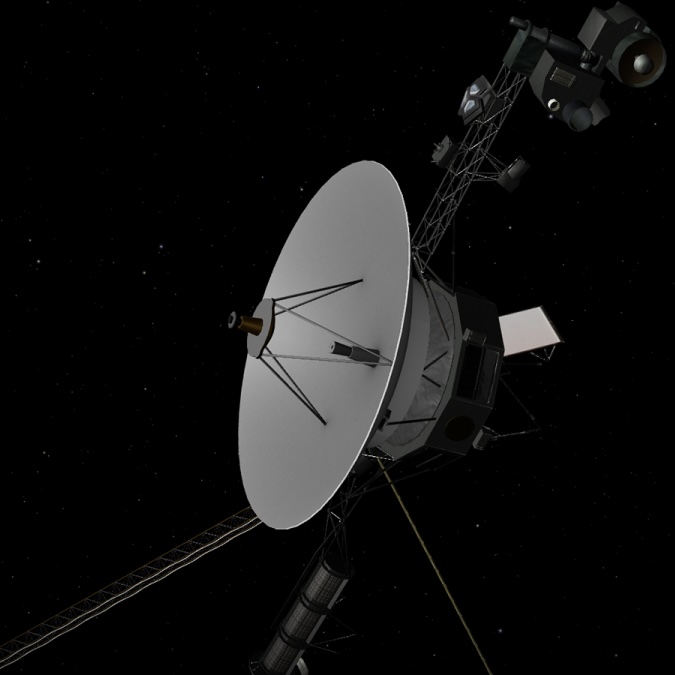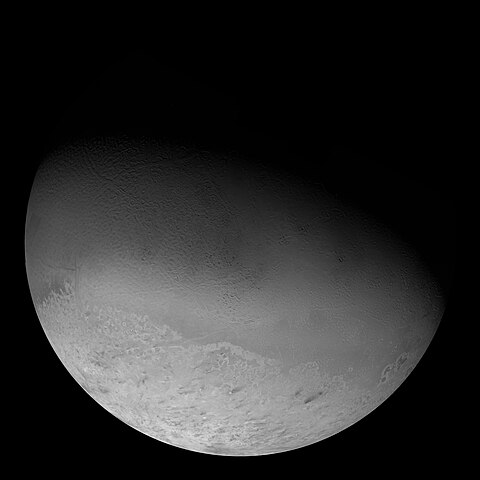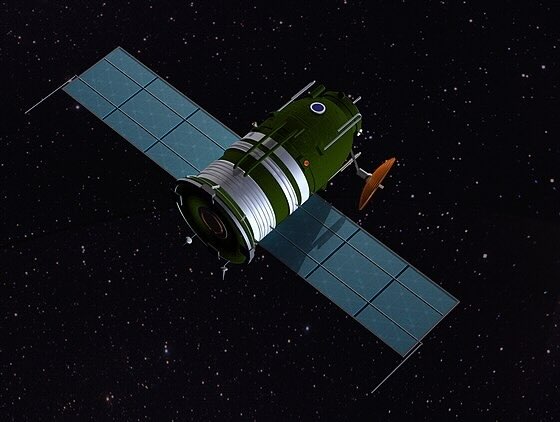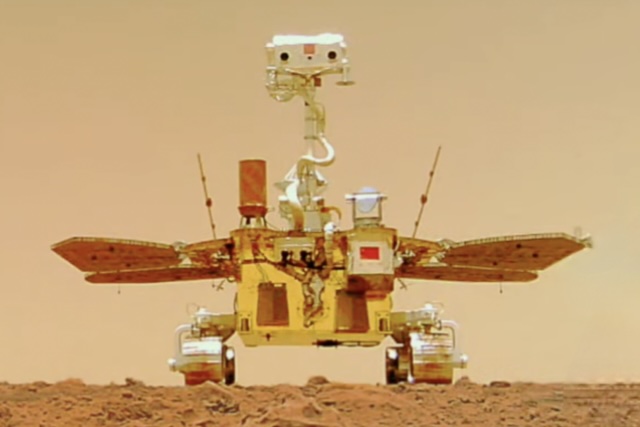1 day / second
0.5 AU
Oberon
Moon of Uranus
The outermost of Uranus's major moons, Oberon is a heavily cratered, icy body marked by dark patches of material and deep impact basins with mountain peaks that rise up to 6 kilometers above the surface.
Key Facts
learn more | Wikipedia |
mass | 3.1104e+21 kg |
radius | 761.4 km |
semi-major axis | 583,520 km |
eccentricity | 0.001 |
inclination | 82.288º |
longitude of the ascending node | 0º |
argument of periapsis | 0º |
orbital period | 13.467 days |
surface gravity | 0.037 g |
discovery date | January 11, 1787 |
discovered by | William Herschel during systematic observations of Uranus |
name origins | Named after the fairy king Oberon from Shakespeare's "A Midsummer Night's Dream" |
rotation | Tidally locked to Uranus |
material composition | Roughly equal parts water ice and dense rocky material |
density | 1.63 g/cm³ |
Parent Planet
Uranus
A cold, blue-green ice giant planet tipped nearly sideways on its axis, with a set of narrow rings and a family of at least 27 moons named after literary characters.
Spacecraft Visits
Voyager 2
Flyby
Launched in 1977, visited in 1986
During its flyby of Uranus in January 1986, Voyager 2 captured detailed images of Oberon from a distance of 470,000 kilometers, revealing a heavily cratered surface marked by mysterious dark patches and bright crater rays.











